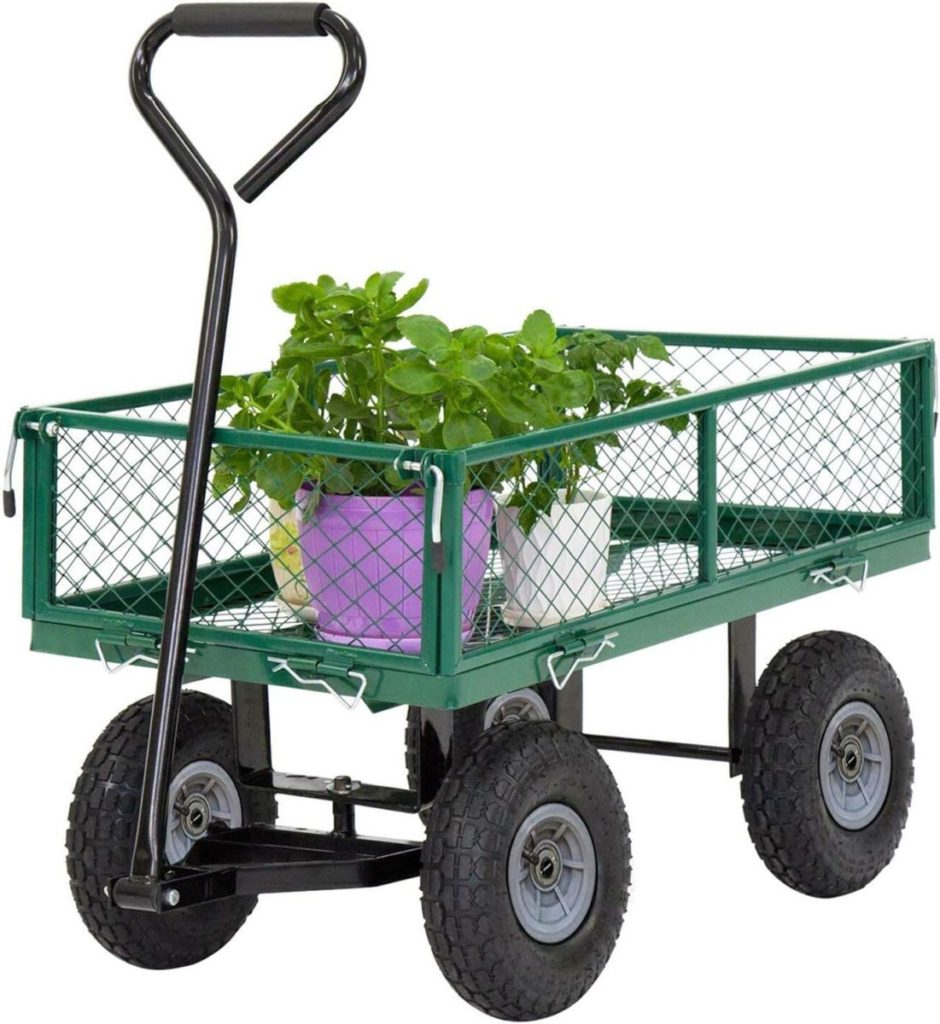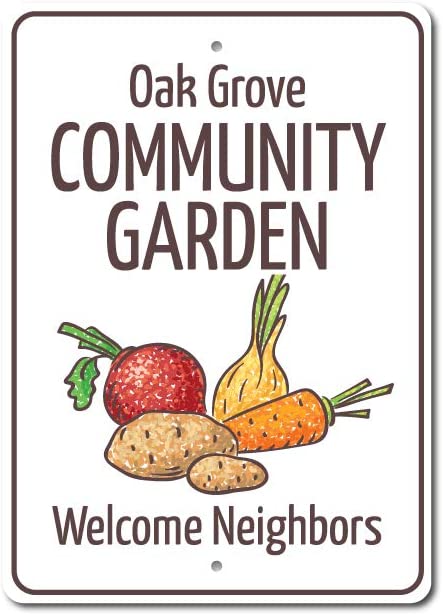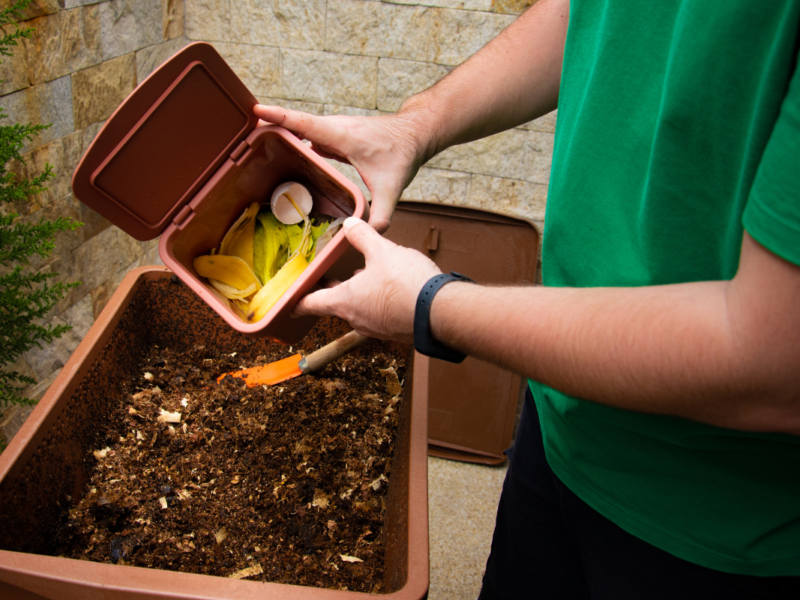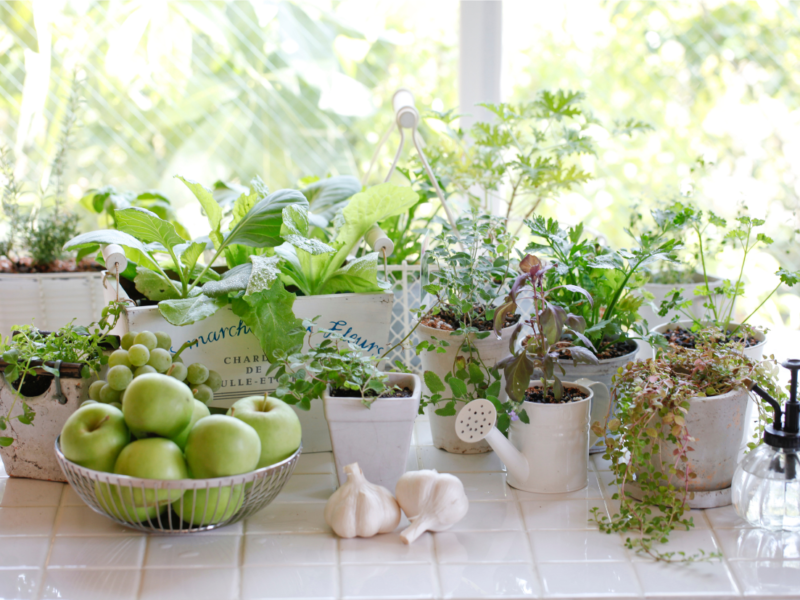In recent years, more and more people have been getting into gardening. There’s just something about growing your food that makes it taste better! But even if you don’t have the space for a full-blown garden on your property, there are ways to grow food in your community. This article will explore how you can get involved with community gardens and how these projects work.
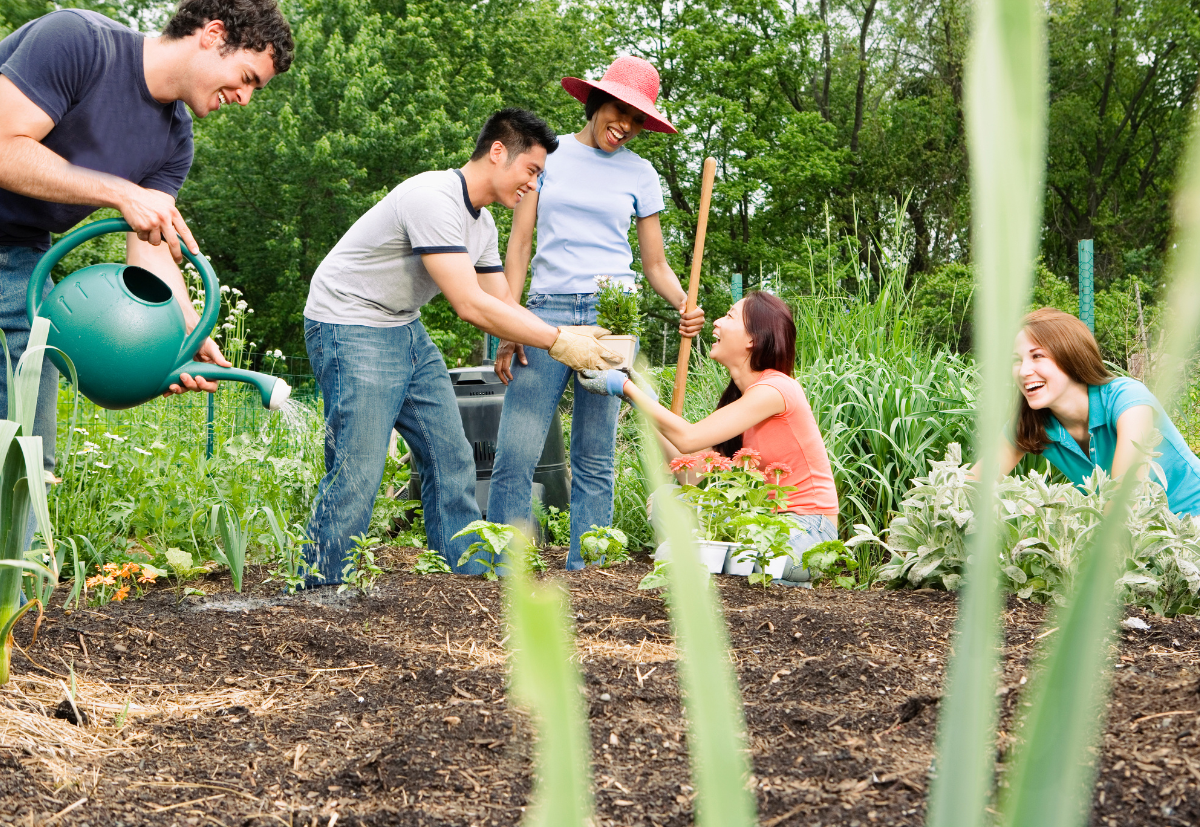
This post may contain affiliate links, which means I can receive a commission from any purchase made from the links. I earn from purchases from Amazon links. See the disclosure policy here.
This post explains how you can promote growing food in your community.
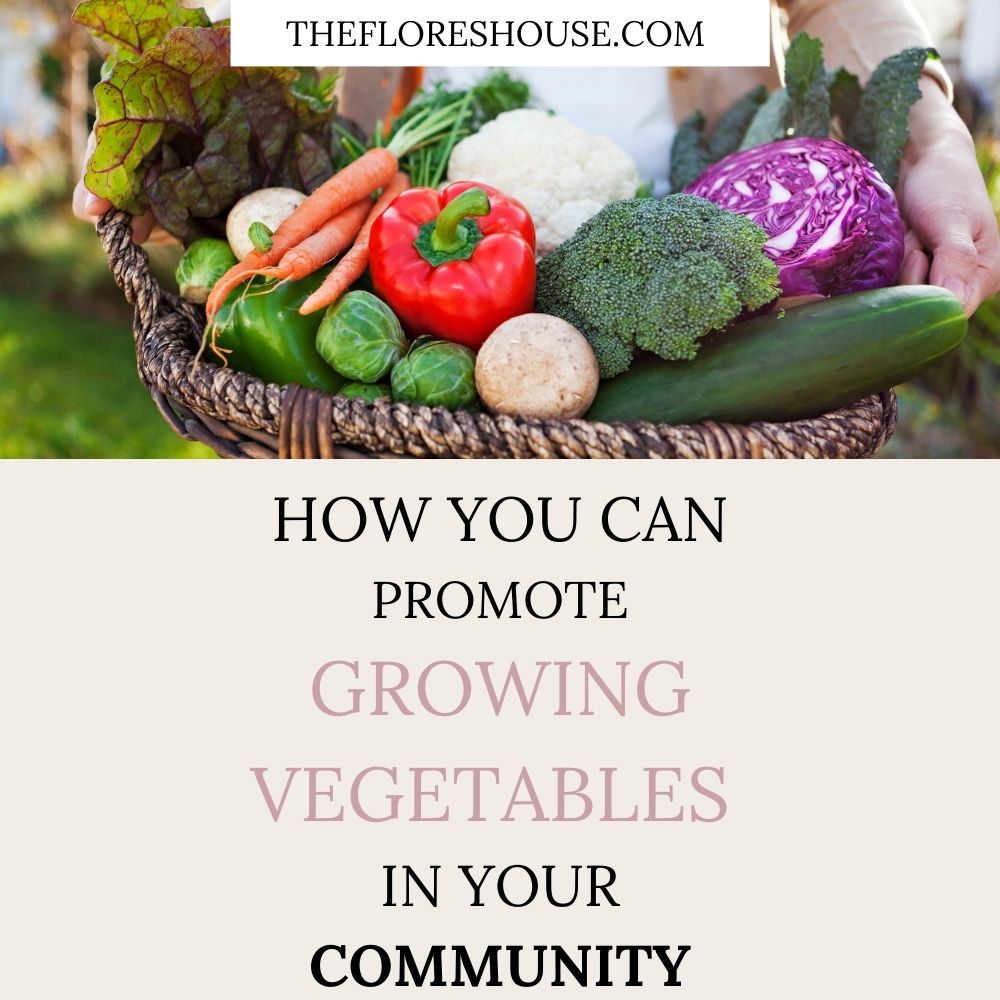
Benefits of Community Gardens
Community gardens are a great way to get people involved in gardening. They can also help build community by providing an opportunity for people to share their knowledge and skills with others and engage in social interaction.
Community gardens provide a space where gardeners can share common goals, whether growing food or enjoying the outdoors together on a sunny afternoon.
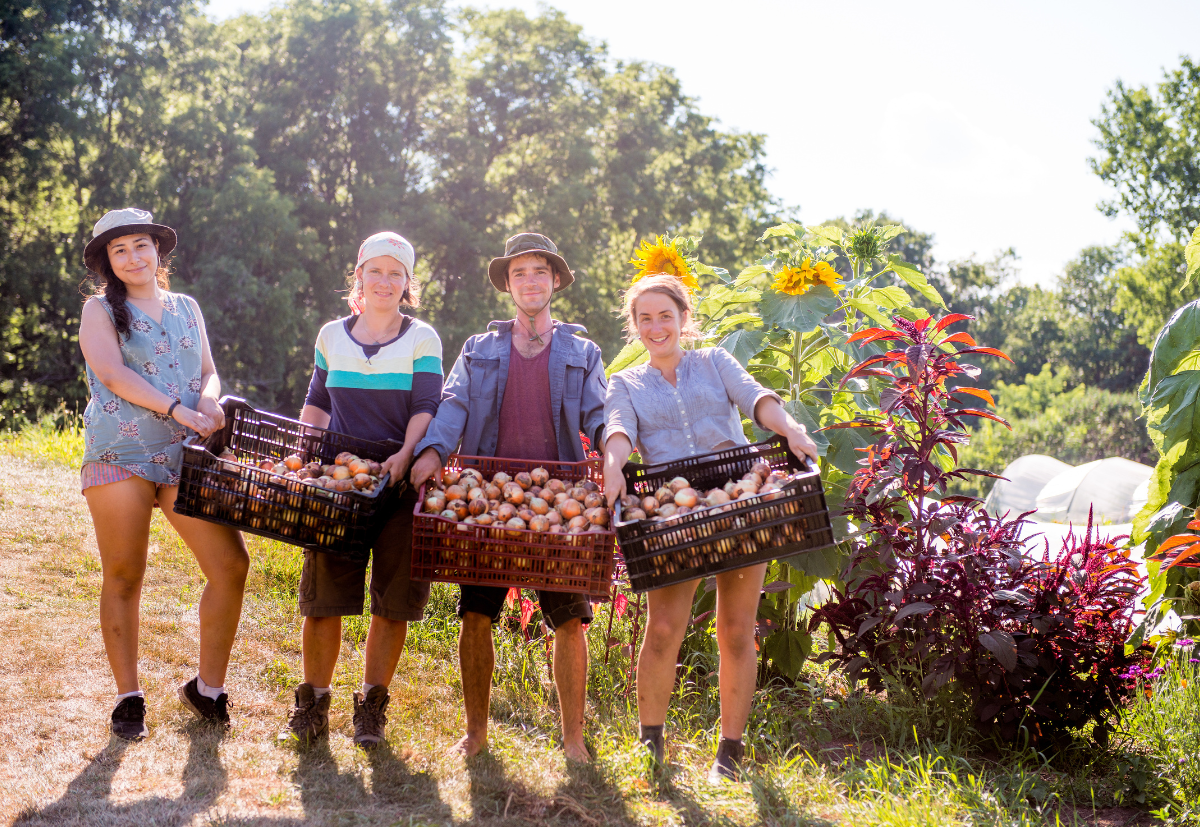
How can you create a garden together with your neighbors?
Share the harvest. If you’re growing food, it makes sense to share what you grow. You can do this by hosting potlucks or dinners where everyone brings something from their garden. This will help build community and get people excited about growing their food next year!
Share the work. If someone already has a plot of land for growing food, ask them if it’s okay for others in the neighborhood to use it as well–or even lease out some land for other people’s gardens if there isn’t enough space at home (but remember that this may require some legal paperwork).
Here are two tools that I won’t garden without! – Tara
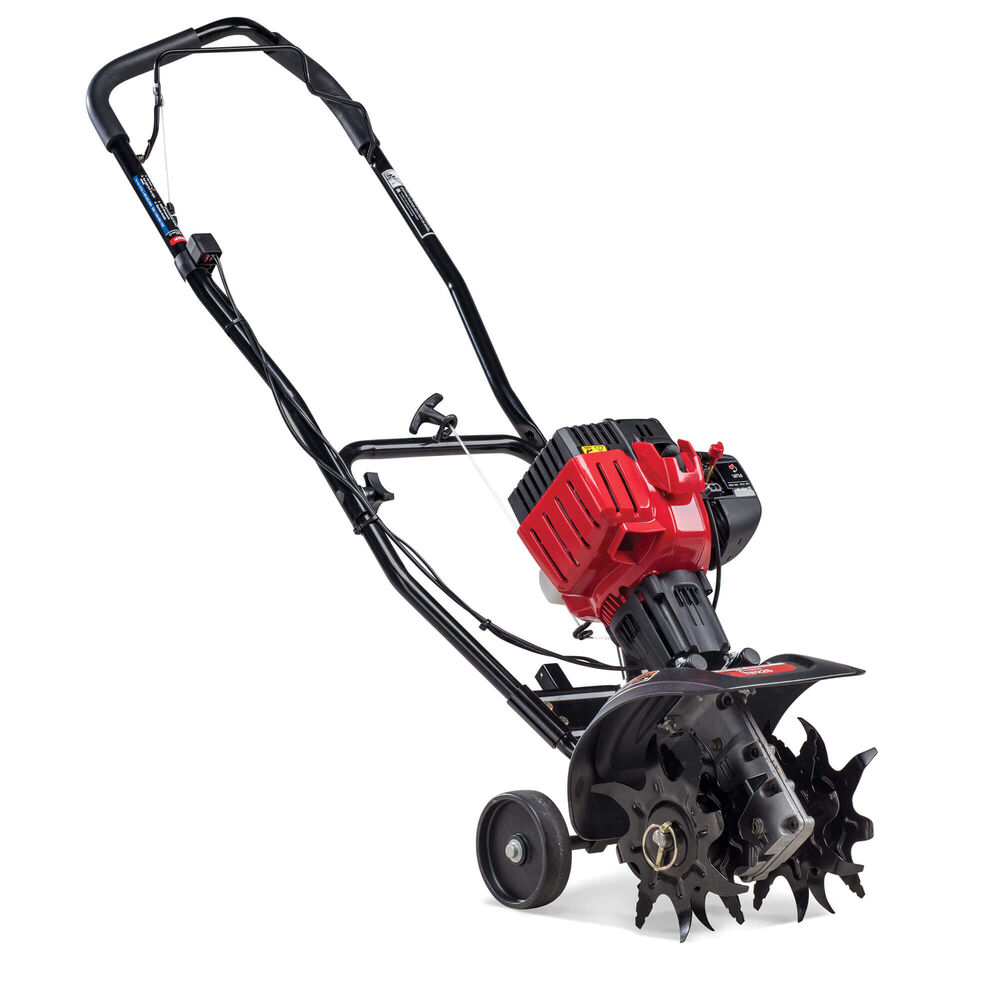
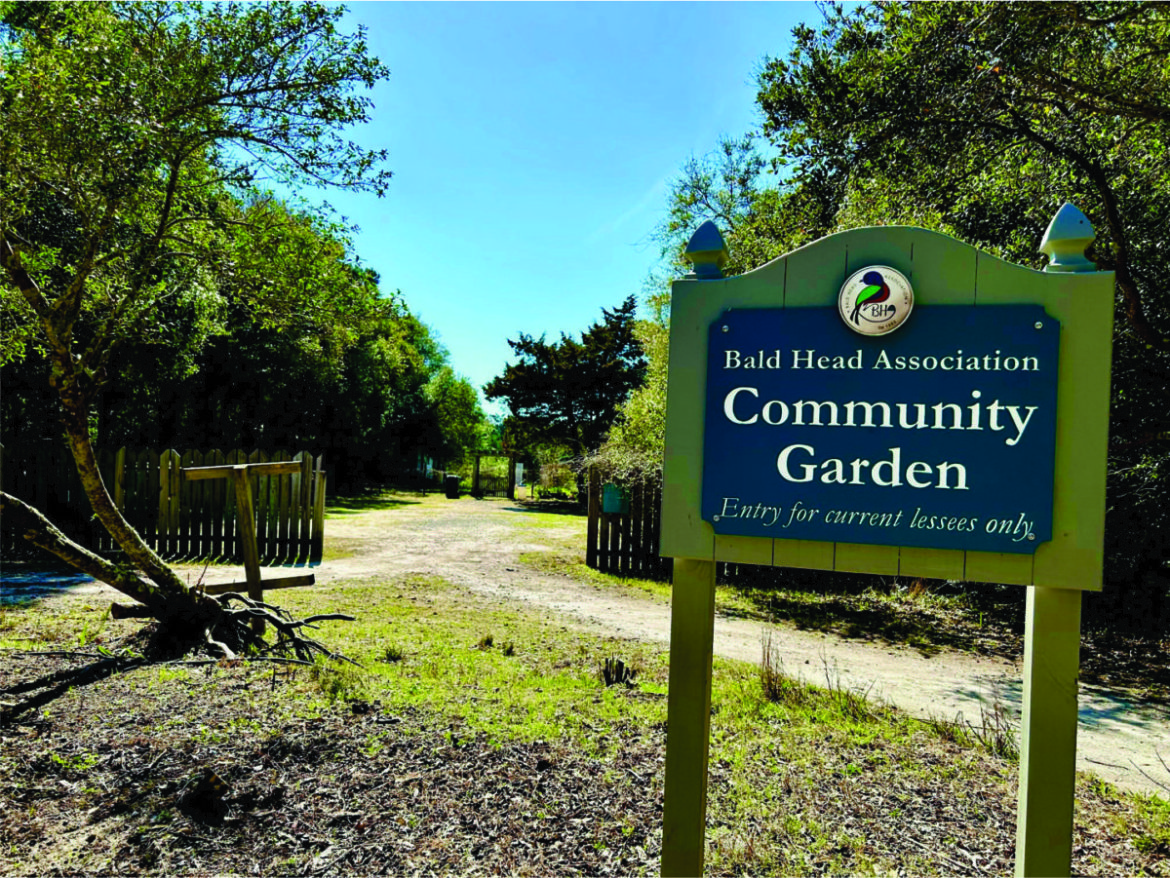
How do community gardens work?
Community gardens are a great way to grow food sustainably.
They can be used in many ways, from teaching kids about nutrition and gardening to meeting your neighbors and getting more involved with your community.
Community gardens can be found all over the world, but they typically have some things in common:
- A group of people who want to garden together (for example, a school or church)
- A plot of land where everyone can plant their vegetables or flowers
- An agreement on how the space will be shared–for example, does each person have their section? If so, what happens if someone else plants something there?
- A trade or barter system. Community gardens are a great way to share the joys of gardening and the abundance of produce.
- A community outreach program (food bank, delivery boxes, etc.)
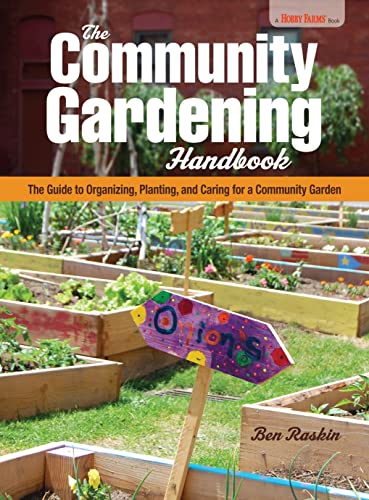
American Community Garden Association
The American Community Gardening Association (ACGA) is a nonprofit organization that promotes community gardening, resource sharing, and education.
The ACGA’s website provides free resources for community gardeners. It includes facts on starting a food garden or composting program and an annual directory of member organizations in all 50 states. The ACGA also hosts annual conferences on “Growing Healthy Kids” or “Pest Management.”
The association was founded in 1979 to help people learn to grow their food. This organization helps fund and educate individuals seeking to create a place to share ideas and develop skills to grow their food successfully (and safely).
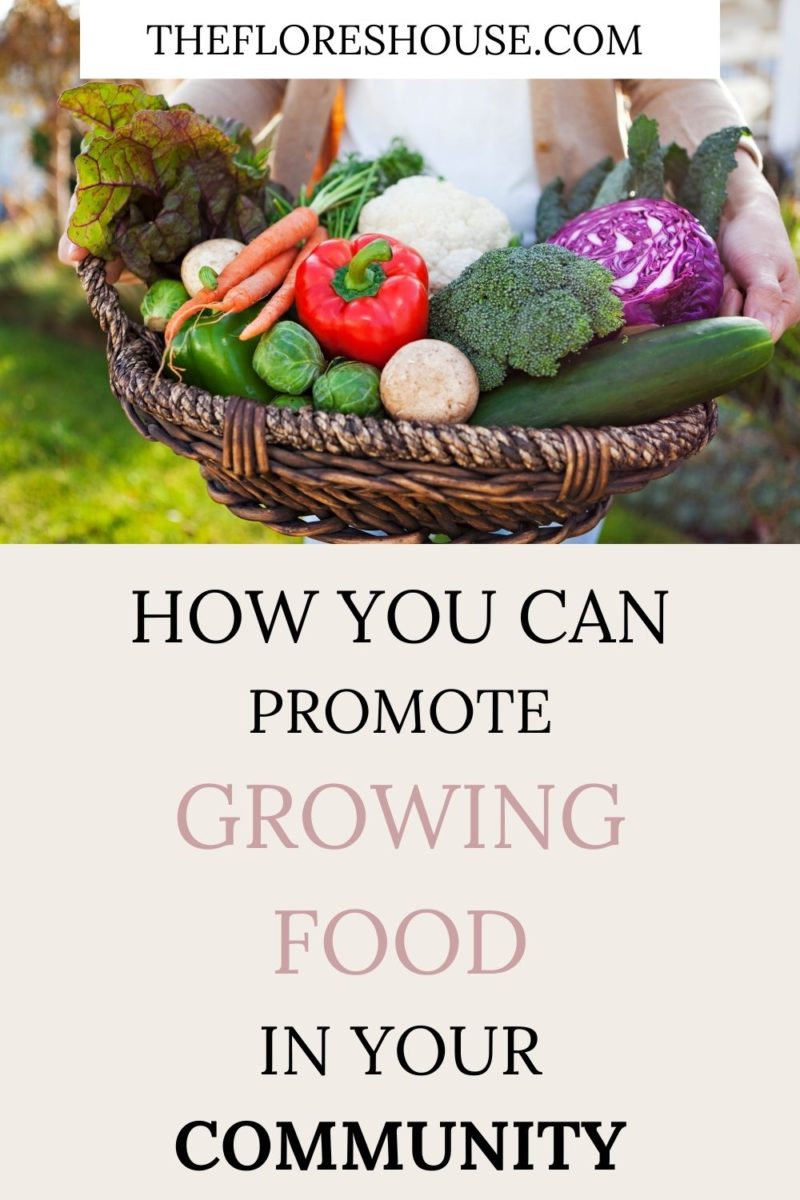
Building a community around growing food and sharing it is very important.
Community gardens are a great way to do this because they allow people of different backgrounds and ages to work together on common goals.
You can share your food with others, and they can share their food with you; you can learn from each other, help each other out, and have fun together–all while growing delicious vegetables!
Create Your Own Custom Community Garden Sign!
How to Promote Growing Food in Your Neighborhood
Promoting the growth of food within a community has significant social, health, and environmental benefits. Starting a community garden or an urban farm can be an effective way to achieve this. Here’s a comprehensive guide on how to promote and implement such an initiative in your neighborhood:
Step 1: Garner Interest
Begin by sparking interest among your neighbors. Talk about the potential benefits, such as fresh produce, enhanced community bonding, and improved local biodiversity. Use local social media groups, community boards, and neighborhood meetings to discuss the idea and gather support.
Step 2: Plan Your Community Garden
Once there’s enough interest, move on to the planning phase. Determine what kind of garden it will be — a communal space where everyone works together or individual plots for personal use. Consider incorporating both styles to meet various community members’ needs.
Step 3: Find a Suitable Location
Look for an accessible location with plenty of sunlight, a water source, and protection from pollutants and heavy traffic. It could be an empty lot, a rooftop, or a shared backyard space. Secure permission from the landowner and ensure that zoning laws allow for gardening use.
Step 4: Organize and Design
Create a garden design that includes various vegetable plots, herb areas, and communal gathering spaces. Ensure pathways are wide enough for wheelbarrows and that there are spaces for composting and tool storage.
Step 5: Funding and Resources
Estimating the cost is crucial. Expenses may include soil, seeds, tools, and water supply. Explore fundraising options such as local business sponsorships, grants, and community fundraisers. Don’t forget to leverage in-kind donations like seeds, soil, and lumber.
Step 6: Launch the Community Effort
With funding secured and a plan in place, begin the physical work. Host a kickoff event to build the garden beds, fill them with soil, and plant the initial seeds. This powerful community-building event can instill a sense of ownership and pride.
Step 7: Maintain and Grow
After the initial setup, the community garden requires maintenance. Organize a schedule for watering, weeding, and harvesting. Encourage educational events to teach community members about sustainable practices and healthy eating.
Step 8: Promote Your Efforts
Continue to promote your community garden or urban farm within and beyond your community. Share success stories, recipes, and gardening tips in local newspapers, social media, and community newsletters to inspire more people to join in.
Step 9: Review and Expand
Periodically review the garden’s progress and gather community feedback. Look for opportunities to expand by adding more plots, introducing beehives for pollination, or even starting a farmer’s market.
Starting a community garden or urban farm is more than just growing food; it’s about growing a community. You can transform your neighborhood into a vibrant hub of sustainability and social connection with commitment, collaboration, and a little green thumb.
We hope this article has inspired you to consider ways to get involved in the growing food movement. It’s a great way to connect with your neighbors and community and help reduce waste by eating produce that would otherwise go bad before it can be consumed by anyone else!
This post was about growing food in your community garden.

